A NOTE FROM THE ALLIANCE OF CONCERNED FACULTY
Since the evening of April 21st when the MIT Scientists Against Genocide encampment at Kresge Lawn was set up, the days and evenings have been filled with a variety of activities, from art and crafting projects, to discussions, to quiet study as students sit and work on everything from PSets to dissertations. As faculty observers, we come and go, chatting and checking in.
In the early afternoon on Friday, April 26th, about a dozen counter-protesters, draped in flags and holding signs, arrived and entered the camp. Almost before several of us even noticed, the trained designated student marshals (visible by their orange and yellow vests) began making their way around the space quietly offering gentle recommendations to all: remain quiet, simply turn away, don’t argue, don’t shout above them, disengage.
Upon entering the encampment, there was a clear assertion that the counter-protesters wanted to take up space. They did not engage in conversation about entering, they simply entered. They sang the Israeli national anthem and other songs, and brought signs conveying their own messages and graphic imagery. The feeling was less about conversation and more about conveying presence. Some counter-protesters held phones up continuously recording those present.
Members of the encampment remained silent but present, giving the counter-protesters the space to articulate what they had organized themselves to say and do. As that moment shifted, small conversations began. The circle of engagement closed and students on both sides were standing face to face. The encounter was extremely tense but disciplined, non-physical without any altercation — peaceful at a moment when the stakes were very high.
In fact, we witnessed an extraordinary process of de-escalation as several encampment members began circulating through the entire crowd offering water, food, and even flowers to protesters and counter-protesters. These simple gestures were powerful and poignant. Despite deeply entrenched political and ideological differences, this moment of pause gave both sides the space to acknowledge one another as being part of the same community that will eventually find a way to reconcile living together with their differences. What we witnessed that afternoon were the awkward strivings toward that precious prize. At moments, you’d see two students on opposite sides of the issue peel off and talk. At other moments, faculty engaged with encampment members and counter-protesters alike. Outside the encampment, more groups milled around and chatted.
Amidst the singing, sometimes the encampment students also played music, though at the request of the MIT police chief, they kept it not too loud. Indeed the MIT police, while present, kept their distance and let the students at the encampment successfully do the work of de-escalating and maintaining peace. At times, even the counter-protesters stepped away for what appeared to be a “breather” — a valuable gesture of de-escalation on their part as well.
At one point, the main group of counter-protesters left, then circled back in for a final song before departing. At this point many in the camp chose to sit down, perhaps as another part of de-escalation because it was unclear whether the final song signaled the end of the counter-protest or a next step. As they left, the camp remained fairly subdued for a period of time before you could sense some tension releasing. Camp members then organized an art project to make more signs for the camp, shifting the space back into a place of creativity and action, centering the purpose that had brought them there. With work, with intentionality, peace was maintained. Students in the encampment handled a profound challenge with skill and wisdom.
For many faculty present, this was a powerful event. It demonstrated the ability of our students to rise to some of the most difficult challenges one can face — how to stand in the power of protest when confronted in ways that can unduly charge the situation. It demonstrated the possibility that our MIT community might thread the needle in this moment and find a better path, one that supports our citizen students who are enacting a deep right to protest and speak to some of the most important issues of our time.

